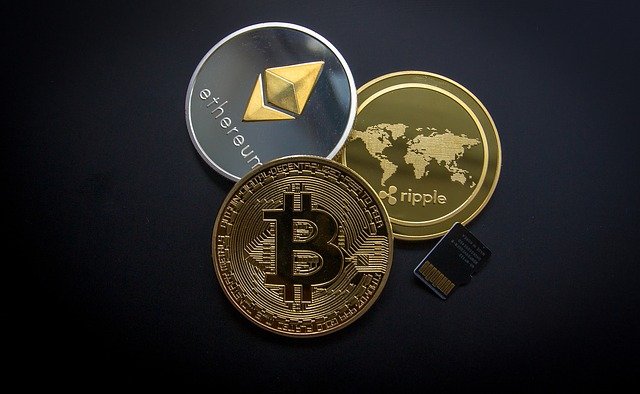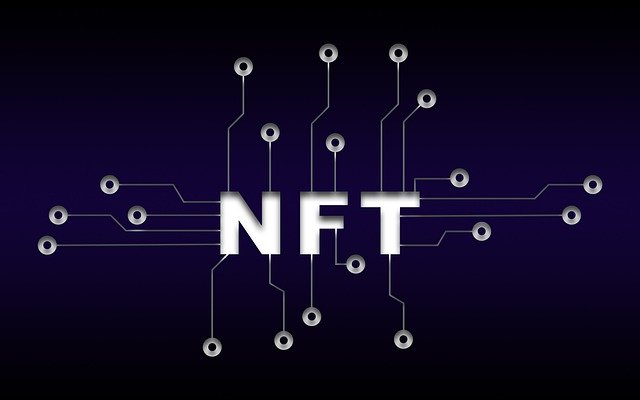You might have heard of the term non-fungible token (NFT). After all, it has established itself as a major sector of the crypto industry market over time. However, you may not know how to generate income from NFTs. This post will introduce NFTs and highlight some ways to benefit from them.
Understanding NFTs
For a start, you can think of NFTs as tradable digital receipts stored on a publicly distributed database referred to as a blockchain. More so, these blockchains can be seen and independently verified at all times.
Now, within these digital receipts is contained unique information proving sole and actual owners of certain items. The items could be tangible or intangible. In other words, what you buy when you purchase NFTs is original traceability which in turn, leads to social prestige.
Remember, NFTs do not hold digital items. They only refer to a different point on the internet that holds the file. After all, it is one thing to hold one of the millions of reproductions, but another altogether when you hold a piece of cultural history that can be directly traced to its creators.
How NFTs are appraised
Now you may wonder. How is the originality of NFTs appraised? Recall that with physical assets such as paintings and books, specialists check for originality and uniqueness. On the other hand, with NFTs, this process is handled automatically using smart contracts contained in a blockchain.

Subsequently, after smart contracts are done minting the piece of media (NFT), the digital media can begin its journey on a blockchain. Meanwhile, you can consider blockchain as an incorruptible, indestructible, and unfalsifiable decentralized digital ledger.
Why are NFTs referred to as “non-fungible”?
That is because you cannot trade NFTs the same way you trade bitcoins. In addition, each NFT is unique for the item it represents.
The process of trading NFTs
NFT marketplaces are programmable blockchains that offer smart contracts. You can create, buy, and sell NFTs. Although there are other programmable blockchains like Wexchain, Ethereum’s blockchain is popularly used for NFT marketplace hosting.
In order to buy and sell NFTs, you need to set up a crypto wallet that has Ethereum’s native token – Eth – in it. Essentially, the steps involve downloading and installing the crypto wallet. Thereafter, your browser uses an extension that easily connects to dApps and NFT market places.

Next, you click on “Get Started” and continue on to create your wallet.
High gas fees for NFT transactions
A large percentage of NFT transactions – creation, purchase, and sale – are done using Ethereum. However, the process attracts high gas fees. Thus, the process becomes expensive. For example, you could incur gas fees up to $98.69 when minting a single NFT on Ethereum.
As such, a lot of investors and creators opt for secondary marketplaces like OpenSea to offload their NFTs.
Read on to learn how you can generate some income from NFTs if you do not want to resort to sell at a higher price than your original purchase or creation price.
How to generate income from NFTs
Rent out NFTs
First, if your NFTs are in high demand, you can earn some passive income. Simply rent out your NFTs. For example, you could rent NFT cards out to players in card trading games. Here, the terms are governed by smart contracts. Thus, you can set your preferred duration for the rental agreement and lease rate. You can check out reNFT as a platform for renting or lending NFTs.
Earn NFT royalties
Second, do you know you can leverage on NFT technology and collect royalty fees when your NFTs change hands on a secondary market? You can easily set terms that impose such royalty fees.
In other words, you could earn say 10% of the price each time your artwork is resold to a fresh owner.
Stake NFTs
Third, you can stake NFTs. Essentially, this means you can deposit or lock digital assets into a smart contract having DeFi protocol. In this way, you generate a yield.
For example, you can visit NFT staking platforms such as Kira Network and NFTX.
Provide liquidity to earn NFTs
In addition, you could seize the opportunity to receive NFTs as DeFi infrastructures and NFTs continue to integrate. That is to say, you receive NFTs for providing liquidity and establishing a position in a liquidity pool. Subsequently, you can sell the NFT and liquidate your position.
Take advantage of NFT-powered yield farming
Finally, you could adopt yield farming. This means you leverage multiple DeFi protocols to produce the highest possible yield from your digital assets.
To sum it up
The applications for opportunities on how to generate income from NFTs are not fully developed. Consequently, examine all associated risks before adopting the strategies. Nonetheless, it is certainly possible to take advantage of these ways to generate passive income from NFTs.





